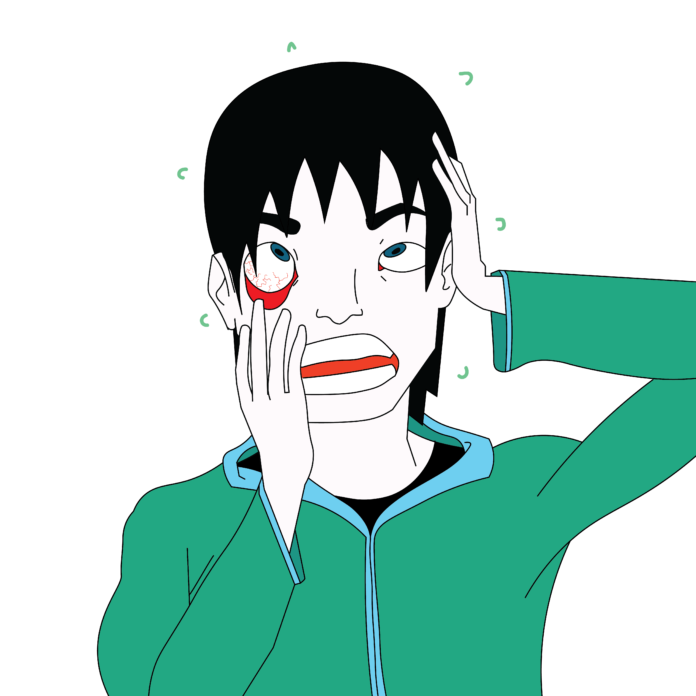Testosterone, a hormone present in larger quantities in males, plays a vital role in stress regulation
By KATIE HELLMAN — science@theaggie.org
Anxiety disorders are diagnosed in women twice as often as they are diagnosed in men. As children, however, girls and boys have an equal likelihood of developing an anxiety disorder. These differences between childhood and adulthood can be attributed to changes in the brain during puberty.
Researchers at UC Davis have found that differences in how men and women respond to social stress are due to testosterone, a hormone produced in males 20 times the amount it is in females.
A study, published in the Proceedings of the National Academy of Sciences, aimed to establish the brain’s gender-related differences and the effect this had on anxiety levels.
“Studies show that gonadal hormones shape brain structure, function, and gene expression networks that could influence stress responses,” the study reads. “Human imaging studies show that neural circuits affected by anxiety change during puberty and gonadal hormones are thought to contribute to these changes. The extended amygdala… is especially sensitive to steroid hormones.”
The study involved six experiments where isolated changes were made to the brains of mice or their environments. In one such experiment, mice were placed in the vicinity of a more aggressive mouse. As this was repeated, researchers found that adult female mice began to avoid the new mice, whereas adult males continued to interact with them as before. However, when this experiment was conducted with young mice, the results showed that male and female mice responded in similar ways when they encountered the aggressive mouse.
Brian Trainor, a professor of psychology at UC Davis and author of the study, commented on the value of using animal models to interpret findings in human research.
“In mice, we can conduct a controlled experiment where we can conclusively show that testosterone, acting during puberty, is changing behavioral responses to stress,” Trainor said. “We can also show that the loss of testosterone causes the extended amygdala to become more reactive in less stressful social situations. The data in mice help us to interpret data from studies collected in humans, where cause and effect is harder to establish.”
Another experiment to test the role of testosterone in the development of anxiety disorders involved removing the testes of male mice before puberty. When they became adults, the male mice then showed the same stress responses as the female mice. When implants of dihydrotestosterone, a strong version of testosterone, were given to male and female mice, the results supported the same conclusion: even after being exposed to the aggressive mouse, the mice with the implanted dihydrotestosterone showed no signs of stress.
Emily Wright, a postdoctoral fellow at UC Davis who led the study at Trainor’s lab, explained the findings in an interview with UC Davis.
“Before puberty, both males and females become more timid and unwilling to interact with new mice after the stress exposure,” Wright said. “Between puberty and adulthood, something changes.”
Researchers then used neuroimaging technology to test how hormones altered brain function. They implanted a fiber-optic wire into the amygdala, which is the stress response center of the brain, that produced a green light to signal that brain neurons were active. Brain activity was found to be much higher in the mice who had not been exposed to testosterone, suggesting that testosterone was a direct contributor to the amounts in which stress was expressed.
The findings from the mice experiments can be used to understand how human males and females are affected by stress differently. Trainor commented on the implications of the study and why understanding the mechanisms behind stress is important in medicine.
“In the long term, the field needs to find more effective treatments for anxiety because the current treatments do not work for about half of the people that get access to them,” Trainor said. “We still have a long way to go, but the hope is that by understanding how the brain responds to stressful situations, we can provide new ideas for new strategies for treatment.”
Written by: Katie Hellman — science@theaggie.org




